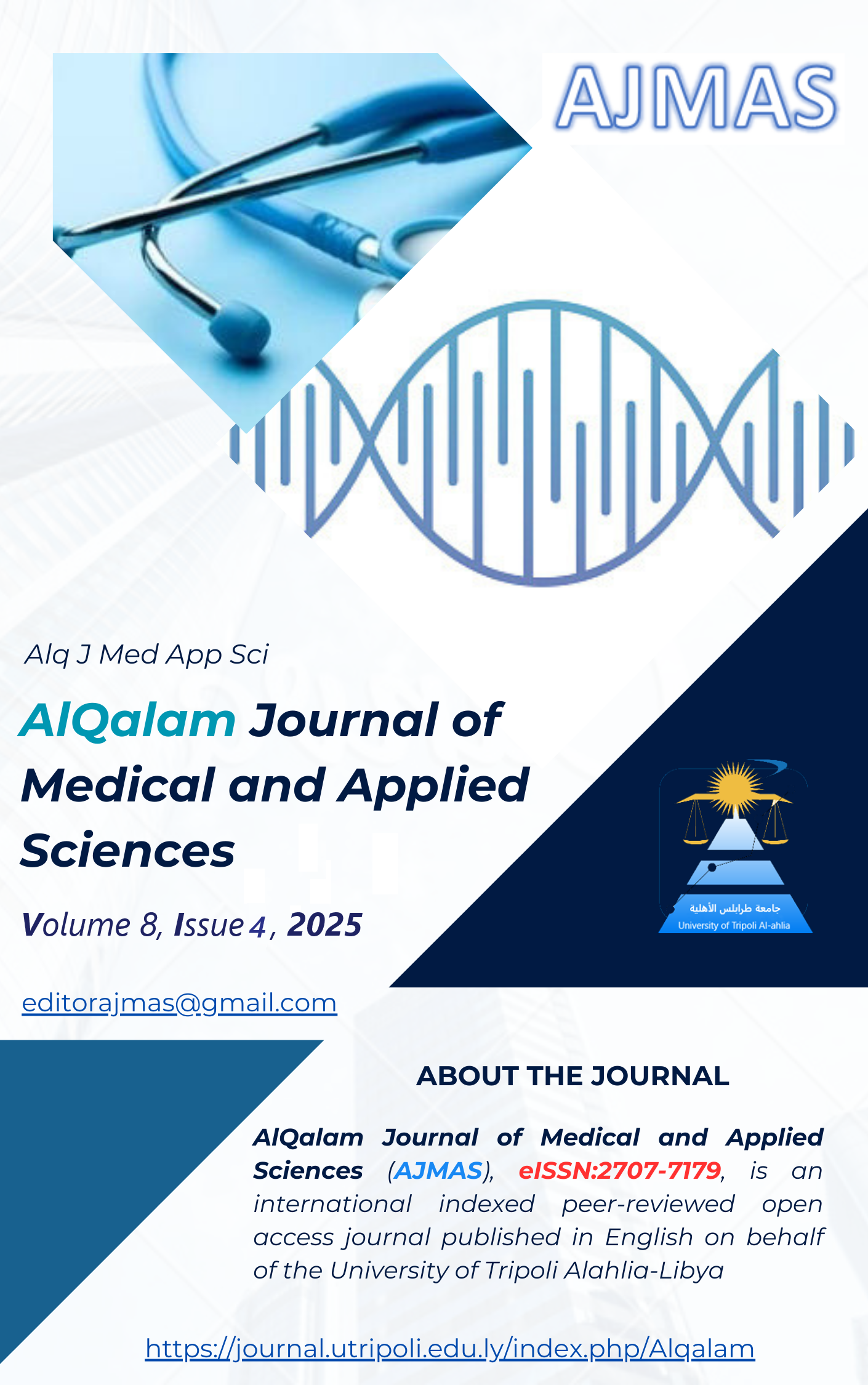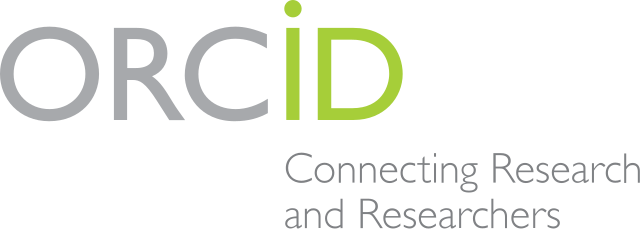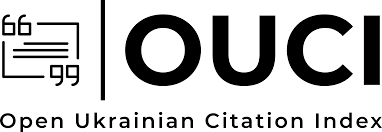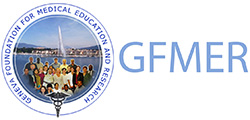Association between Thyroid Stimulating Hormone and Ovarian Reserve in Euthyroid Infertile Women in Misurata, Libya
DOI:
https://doi.org/10.54361/ajmas.258452Keywords:
Anti-Müllerian Hormone, Follicle-stimulating Hormone, Infertility, Ovarian Reserve, Thyroid-stimulating Hormone.Abstract
Infertility is one of the most common problems in gynecology with medical, economic, and psychological implications. Thyroid dysfunction was identified as one of the contributing factors to infertility in women. Normal thyroid function is essential for the maintenance of hormonal regulation and optimal reproductive health. The ovarian reserve (OR), defined as the number of oocytes remaining in the ovaries representing a woman's reproductive capacity, is also a critical aspect of a woman's reproductive potential. The aim of this study is to investigate the association between thyroid-stimulating hormone (TSH) levels and ovarian reserve (OR) markers in euthyroid infertile women attending the Misurata National Center for Diagnosis and Treatment of Infertility in Misurata, Libya. This retrospective study included 174 women under the age of 40, excluding those with thyroid abnormalities or other significant health conditions, such as polycystic ovarian syndrome, endometriosis, hyperprolactinemia, and a history of ovarian surgery. Hormonal parameters such as Anti-Müllerian hormone (AMH), TSH, follicle-stimulating hormone (FSH), and estradiol were assessed. Pearson correlation analysis and linear regression were performed to explore relationships between TSH and OR markers. Results revealed a mean age of 30.54±5.07 years, mean serum TSH of 1.89±0.86 mIU/L, and a mean AMH of2.01±1.88 ng/mL. Pearson correlation analysis indicated no significant linear relationship between TSH levels and either of the studied OR markers (AMH: r = 0.002, FSH: r = 0.025, and estradiol: r = -0.009) (p > 0.05). Furthermore, participants' categorization based on TSH levels (<2.5 vs. ≥2.5 mIU/L) demonstrated no statistically significant differences in AMH, FSH, or estradiol levels. On the other hand, a statistically significant negative correlation (r = -0.23, p = 0.003) was found between age and AMH levels, indicating that OR declines with advancing age. In conclusion, this study suggests that TSH levels are not predictive of OR in euthyroid infertile females, as no association was observed between TSH levels and OR markers. In contrast, age was distinguished as a key factor influencing the AMH levels. These findings suggest that TSH evaluation in euthyroid females may have limited value when assessing OR, whereas age should be considered as a critical factor in patient counseling and planning reproductive treatment strategies. Further research is required to clarify the relationship between TSH and OR markers among women with intact thyroid function
Downloads
Published
How to Cite
Issue
Section
License
Copyright (c) 2025 Omaima Ben Krayem

This work is licensed under a Creative Commons Attribution 4.0 International License.















